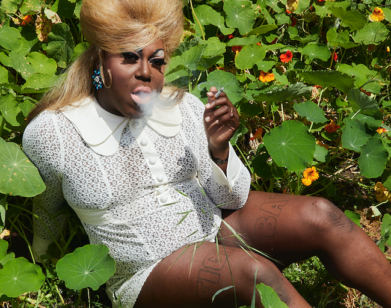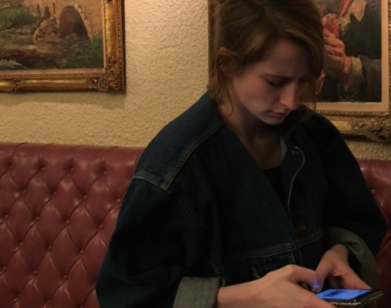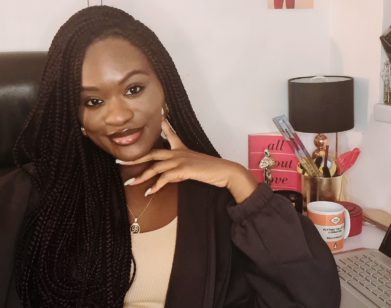lit
Author Deepti Kapoor Explores the Excess and Extremity of Modern India
Deepti Kapoor has penned the kind of novel that gets a publisher excited—so excited that they ship it out to advance readers with a mini-bottle of champagne and a bar of chocolate. Thankfully, Age of Vice, the first book in a trilogy, deserves the hype. The 42-year-old Indian author was once “a straight-laced good girl” studying journalism in New Delhi. At 20, her life turned sideways, first with the death of her father, then with a tumultuous relationship that ended in tragedy.
Kapoor’s debut novel, 2014’s A Bad Character, explores the recklessness and excess of India’s young and wealthy—including the Delhi nightlife that consumed her boyfriend. “In my thirties, I turned my life around,” she explains. “I met my husband and taught yoga in Goa. And I started to think deeply about those early years and how to account for them.” That accounting got brutal and opened the door to her current trilogy project.
The far-ranging Age of Vice contends with the rise of the Mafia Raj, human trafficking, catastrophic urban development, violence, and obscene consumption, and ranges in setting from Uttar Pradesh in 1991 to Delhi in 2008. “I couldn’t just be an artist who was solipsistic and inward with my writing,” she says. “I had to figure out how to integrate my life into this wider political/social/economic life of the country.”
The novel’s central characters come from distinct classes and mirror people from different stages in Kapoor’s life. Take her rich, dashing, debauched character Sunny Wadia: As a teenager, Kapoor attended a boarding school six hours north of Delhi that overlapped with a circle of extreme wealth. “These are the people responsible for all that pain you’re seeing. They’re sitting on top,” she says. Neda, a young journalist who gets nudged to the lifestyle beat, glides into the world of the rich and “throws the keys of her beat-up car to the valet at the Taj.” Kapoor, reflecting on her own class fluidity as a journalist, says, “I had her absolute audacity. I had her shitty car. That car gave me this incredible way of navigating the city, which you can’t do when you have a driver because you’re constantly being watched.” Ajay, the third main character, comes from the serving class. “At night, partying with these extremely wealthy people in these private homes, I remember, while being pretty high, that there was always a servant: the butler, the chauffeur, the guy who would know what you wanted before you knew what you wanted.”
Ajay is the humble heart of the novel, which speaks to Kapoor’s reorientation with modern India. Kapoor now lives in Lisbon, in a neighborhood “full of Nepalis and hipsters—it halfway feels like home.” Here she’s working on the second volume in the trilogy, looking from afar at a fictional India which, as she describes it, is a “crowded chessboard about to break into all-out war.”
———
Hair: Julia Kramer
Makeup: Beatriz Texugo
Photography Assistant: Pedro Leote
Fashion Assistant: Ana Silva







